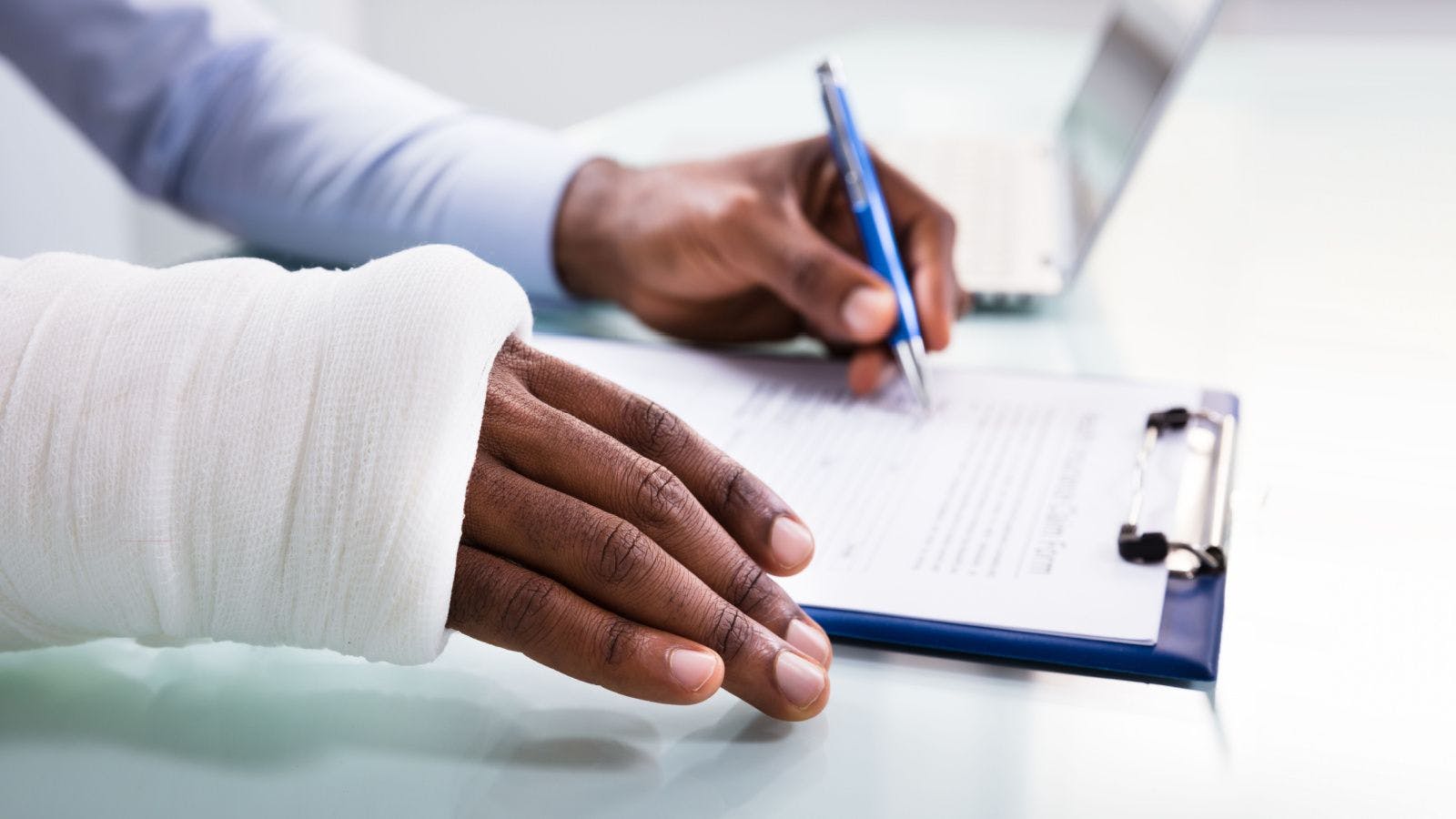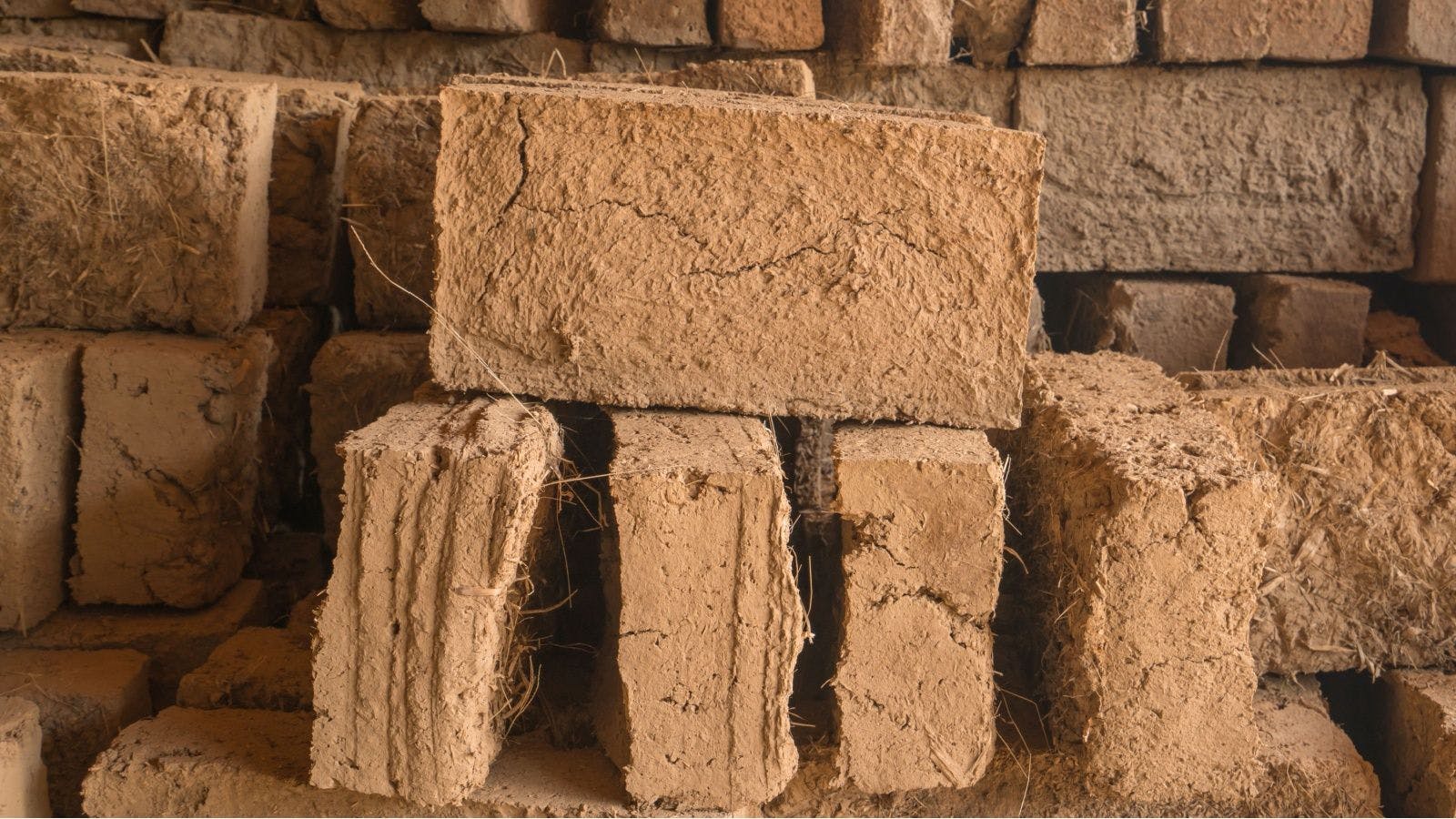
Leveraging Data From Construction Wearables to Disprove Fraudulent Claims
From IoT to wearable devices, the construction sector has seen a rise in the development of new technology that is changing the way the industry works and communicates. With these developments come more data and lots of it. This data provides organizations with a treasure trove of information when it comes to litigation or the investigation of a workers’ compensation claim.
Examples of Wearable Construction Technology
Several wearable devices are designed specifically for the construction industry. Whether worn as an accessory, an item of clothing or personal protective equipment, wearables collect and deliver data about a worker’s environment and activity. They’ve also shown to increase productivity and improve worker safety. Below is a sampling of such devices:
- Exoskeletons. Exoskeletons, also called exosuits, are wearable machines with motorized joints that reduce the risk of musculoskeletal injuries by providing lift support, weight dispersion and posture correction to enhance a worker’s strength and endurance.
- Smart hard hats. Smart hard hats can monitor workers’ fatigue to prevent micro-sleeps. If the hat senses a worker falling asleep, it will alert the worker through vibrations and noises. Some hard hats also allow workers to communicate with supervisors remotely, which is especially useful in an industry where workers can’t always speak directly to each other because of loud construction noise levels or long distances on the jobsite.
- Sensors. Sensing wearables come in many forms—clips, safety vests, badges and more—and can be used to detect things such as location, impact, motion and a worker’s vital signs. They can be extremely useful in monitoring a worker’s biological, environmental and physical conditions. For example, they can be used to alert workers who are dangerously close to a large piece of mobile equipment. They can also sense when a worker experiences a significant decrease in elevation, which could signal injury.
Using the Data Collected from Construction Wearables
General contractors can use the data gathered from construction wearables and IoT devices to improve safety, reduce worker injuries and boost efficiency on jobsites. The data created by wearable devices also can be incredibly beneficial when a workers’ compensation claim or litigation arises. It can be used to answer questions such as:
- Were the workers or subcontractors where they said they were during the incident in question?
- Did they fall or jump from a significant height?
- Was anyone else around who might have witnessed the incident?
- Has the worker displayed a pattern of reckless behavior?
- Was the wearable device, which was designed for safety, being used appropriately (or at all)?
When it comes to claims and litigation, the number of data points to consider is almost endless. And data from construction wearables and other IoT devices isn’t the only type of data to collect. Construction wearables data should be used in combination with data from other devices like construction software, computers, cell phones, social media, surveillance videos and more.
For example, a worker filed a workers’ comp claim alleging that he fell off a ladder, injuring his back so badly that he was home-bound and needed time off from work to recover. The data from his wearable devices can be collected and reviewed to determine whether or not he actually fell. In addition, the legal team can (and should) perform a social media investigation to see if the individual – or his friends and family – posted anything to their accounts that might disprove the claim, such as photos of the worker hiking or running a race.
Collecting Data from Construction Wearables Securely and Defensibly
The first obstacle in collecting data from wearable devices is access, which often depends on the device owner. Wearables such as smart hard hats and other sensors are likely company-owned devices, which makes things easier, as information on such devices is generally fair game in U.S. courts.
Once data ownership is understood and access has been granted, the data gets treated much like any other digital evidence. Most important is that the data is collected in a forensically sound manner to ensure its admissibility in court.
Consider partnering with an eDiscovery and digital forensics vendor with expertise in and experience using forensically sound tools and techniques to make sure that the data is collected properly. Certified computer forensics investigators understand and employ the most advanced techniques, software and equipment available, which will help to ensure that the data is collected securely, efficiently and defensibly.
Conclusion
The data stored on construction wearables is accessible and extremely valuable. It can be used to improve worker safety and productivity but also to win legal cases and disprove fraudulent claims. Take advantage of this developing technology and partner with the right eDiscovery and forensics vendor to leverage the data in eDiscovery.
Related stories








